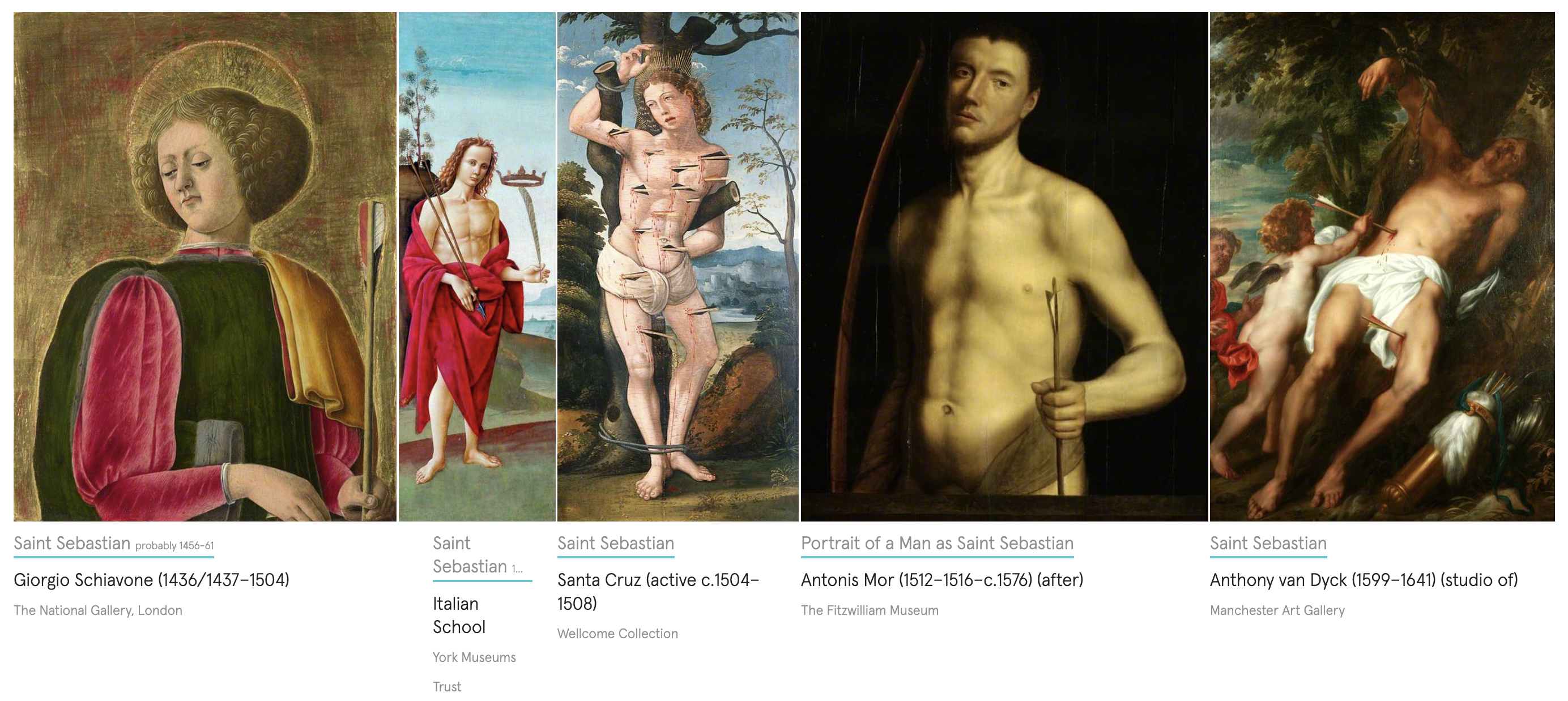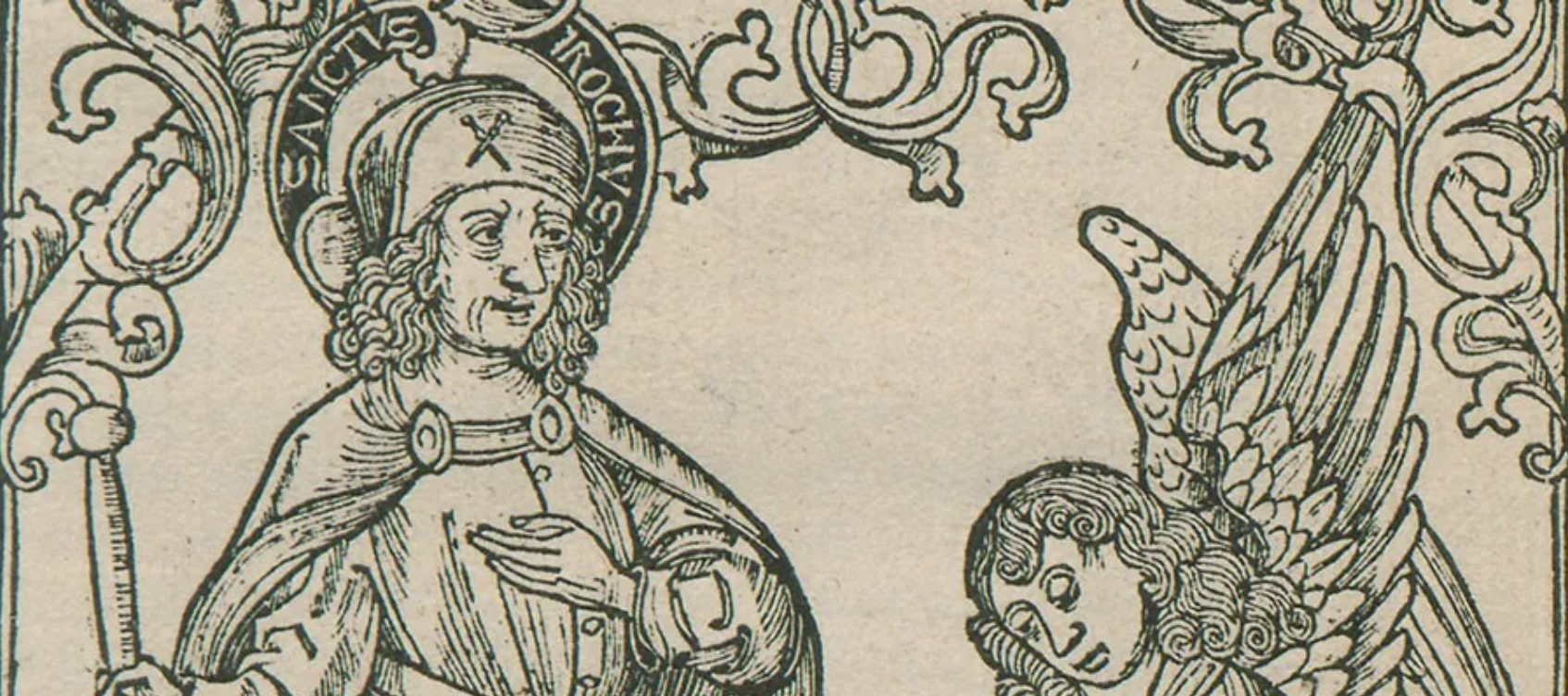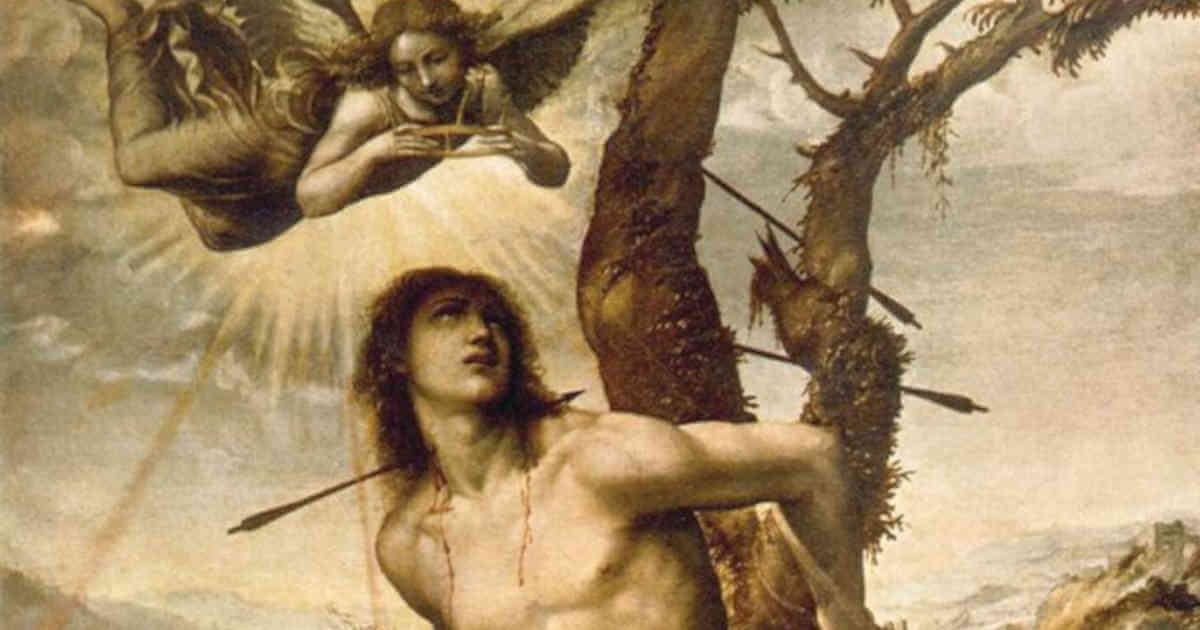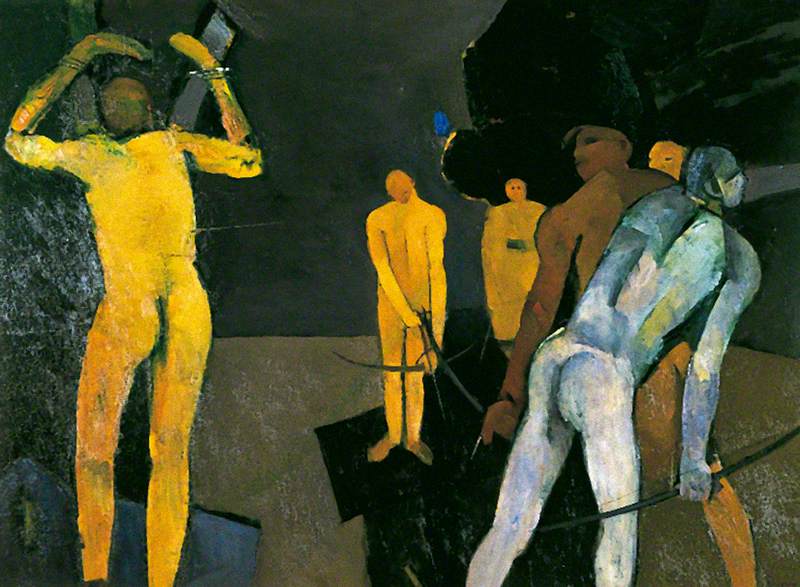Teng (Sebastian) Jiang

Just call me Sebastian!
Why Sebastian?
On social occasions, I go by Sebastian, a name I chose somewhat arbitrarily while studying French in high school. I often get a curious “Oh, and it is …” in response. Of course, that’s not my given name. My given name is Teng (腾), pronounced [tʰəŋ], not [tʰɛn].
One reason I prefer Sebastian over Teng is the latter’s pronunciation—I genuinely want to avoid confusion. But there’s more to it. I gave myself several very good reasons to stick to it until today.
First: It’s Posh and LOOOOOOONG!
 Sebastian is a refined choice, standing out with its posh feel and substantial length. Male names are typically shorter in length and syllables, but Sebastian dares to be different, much like Maximilian, Benjamin, and Christopher. Its length gives it a sense of elegance and distinction—a name that feels like it carries weight and presence.
Sebastian is a refined choice, standing out with its posh feel and substantial length. Male names are typically shorter in length and syllables, but Sebastian dares to be different, much like Maximilian, Benjamin, and Christopher. Its length gives it a sense of elegance and distinction—a name that feels like it carries weight and presence.
Phonetic Reasons: It’s in the way you pronounce it
I’m not a linguist or phonetician, but let me try to explain Sebastian phonetically. Think of Nabokov’s famous quote from Lolita:
Lo-lee-ta: the tip of the tongue taking a trip of three steps down the palate to tap, at three, on the teeth. Lo. Lee. Ta.
While “Lolita” entices with its brief, delicate sound, Sebastian lingers between the tongue and palate, creating a playful, almost flirtatious melody. Repeating “Sebastian, Sebastian, Sebastian…” lets you savor its rhythm, inviting you to roll the name off your tongue in a way that feels both deliberate and fun.
Biblical Reference: Saint Sebastian
 Saint Sebastian was an early Christian saint and martyr, known for surviving an initial execution during the Diocletianic Persecution. Shot with arrows while tied to a post or tree, his survival and later death symbolized unwavering faith. Over the centuries, his strong, shirtless physique, with arrows piercing his flesh, has captivated artists, making him a recurring symbol of strength, suffering, and resilience.
Saint Sebastian was an early Christian saint and martyr, known for surviving an initial execution during the Diocletianic Persecution. Shot with arrows while tied to a post or tree, his survival and later death symbolized unwavering faith. Over the centuries, his strong, shirtless physique, with arrows piercing his flesh, has captivated artists, making him a recurring symbol of strength, suffering, and resilience.
Plague saint in the Middle Ages: Vitality
 In the medieval era, Saint Sebastian was venerated as a protector against the plague, a figure who embodied divine intervention and hope in the face of death. His image initially portrayed him as a solemn, mature figure, reflecting the gravitas of his martyrdom. However, as the Black Death ravaged Europe, he came to represent not just survival, but vitality—a youthful, resilient saint symbolizing renewal and strength amid the devastation.
In the medieval era, Saint Sebastian was venerated as a protector against the plague, a figure who embodied divine intervention and hope in the face of death. His image initially portrayed him as a solemn, mature figure, reflecting the gravitas of his martyrdom. However, as the Black Death ravaged Europe, he came to represent not just survival, but vitality—a youthful, resilient saint symbolizing renewal and strength amid the devastation.
Shimmering youth of Apollonian beauty throughout the Renaissance: Masculinity
 During the Renaissance, artists took this youthful image further, reimagining Saint Sebastian with the ideals of ancient Greece in mind. Gone were the solemn depictions—instead, he was portrayed as a symbol of idealized masculinity, with a perfectly sculpted, youthful body that reflected the Renaissance’s celebration of beauty and human form. This new portrayal emphasized both physical perfection and a sense of divine grace, merging strength with a serene, almost ethereal beauty.
During the Renaissance, artists took this youthful image further, reimagining Saint Sebastian with the ideals of ancient Greece in mind. Gone were the solemn depictions—instead, he was portrayed as a symbol of idealized masculinity, with a perfectly sculpted, youthful body that reflected the Renaissance’s celebration of beauty and human form. This new portrayal emphasized both physical perfection and a sense of divine grace, merging strength with a serene, almost ethereal beauty.
Modern Symbolism and Identity in Saint Sebastian

The juxtaposition of pain and beauty in Saint Sebastian’s martyrdom has evolved into a powerful symbol for modern audiences, including myself. In some late nineteenth-century depictions, his serene expression and the delicate balance between suffering and grace evoke a sense of sensuality. Artists have long explored these contrasts, interpreting the imagery of ropes and arrows as symbolic of deeper human experiences—vulnerability, resilience, and the complexity of identity. Today, many view Sebastian’s story as a metaphor for embracing one’s true self in a world that may not always be accepting.
Lastly, do you see my GitHub profile picture: An apple punctured by toothpicks? That’s Euan Uglow’s Saint Sebastian.
For you
Sebastian has grown to be more than just a name—it’s like a mirror for how I see myself. I enjoy hearing people say it, and I find it a fun way to engage with the world. So, if you ever meet me, feel free to call me Sebastian!
